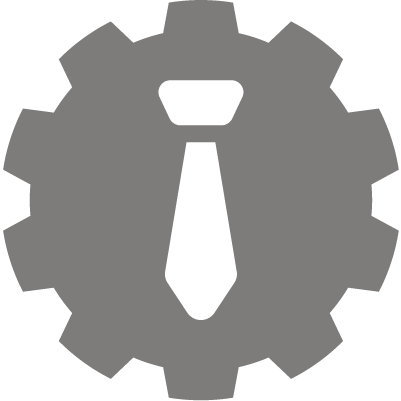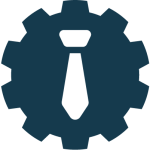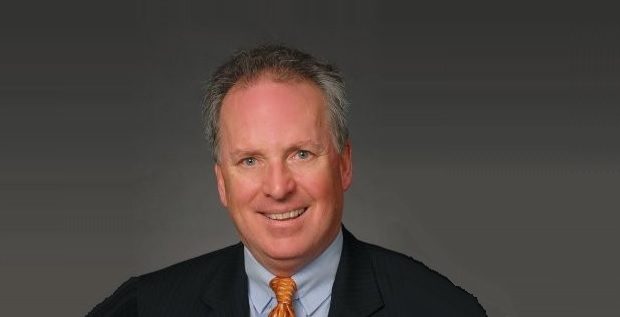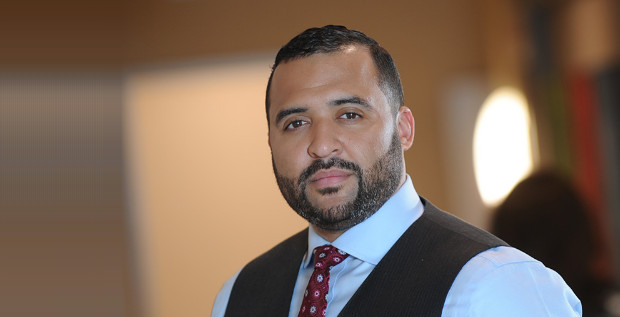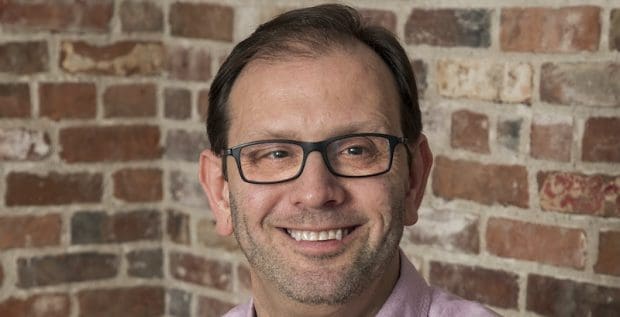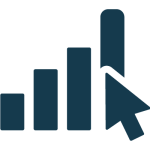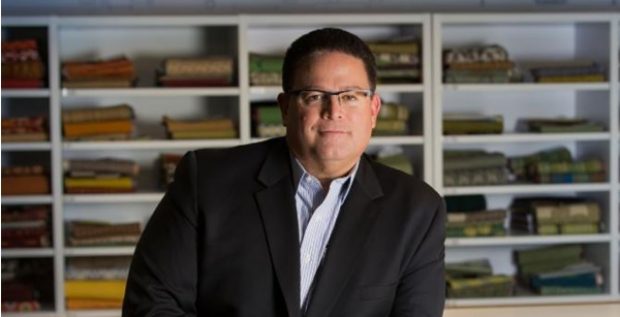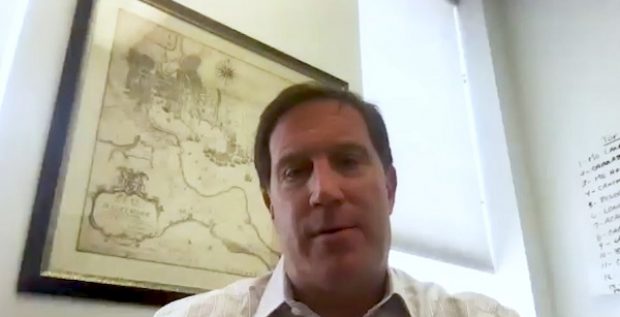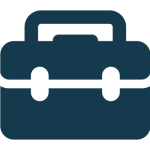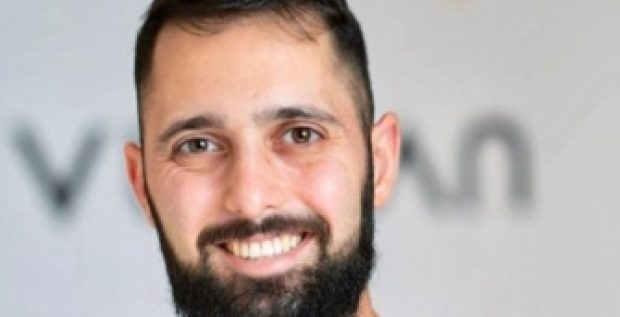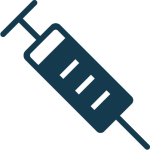Kelly Ennis is the founder and managing principal of the Verve Partnership, a design and strategy firm based in Baltimore. With an emphasis on people, organizational culture, and brand identity, the Verve Partnership creates spaces that inspire success and are imbued with creative energy. The company has designed interiors for buildings used by clients such as Spark, Betamore, Penn Mutual Life, the University of Maryland, Volunteers of America, and numerous others.
EDWIN WARFIELD: Tell us about your background. What led you to start the Verve Partnership?
KELLY ENNIS: I started at HOK in 1998, in Los Angeles. I was lucky enough to be in an economy and in a region that was really exciting, really fun, and educational as well. Clients were amazing, the space was amazing, and I really learned a lot about the strategy of space and the business of space and how those two were intermingled.
In 2004, my husband and I had our first child in Los Angeles, and decided we didn’t want to raise our child in LA, even though the weather is a little bit nicer. We moved back east. We’re both from the East Coast. My husband is from Baltimore, and we wanted to raise our child in the city. We moved back in 2005 and I started at Gensler. The culture at Gensler was a little bit different than the culture at HOK. The culture of Baltimore—much different than the culture of Los Angeles. I started to travel around, looking for a home that made sense. It really didn’t make sense that I was looking for a home—I just needed to create one, based off of the experiences that I created along the way.
I left Francis Cauffman in 2009 and started the Verve Partnership based on understanding the strategic value of where our clients are and where they want to be, and using space as a tool to get them there. The crux of our organization is really focused around culture and brand, and how culture and brand dictate the built environment, which is space. Our first tagline, very early on, was “space, culture, brand.” It’s really worked for us and resonated for us over the last nine years.
Q. What were some of the big milestones along the way?
A. Our first milestone was to get out of the basement, which was where we started. We moved to the dining room table. The next milestone was to get out of the dining room table, but what afforded us to get out of the dining room was adding employees. We were able to grow the company from one to six in three-and-a-half years, and when we got to our sixth employee, we outgrew my dining room table, and we got space over, actually across the street, at Meadow Mill. The next milestone was growing into something that was a little bit more conducive to design and architecture. The milestones for us, oddly enough, actually to align with space, but not simply because of what we do for a living, but the culture that we’re trying to build. So, landing here in this space in 2014 was a goal and a milestone. People have been a goal, clients and projects have been goals, and of course revenue generation has been a goal as well.
Q. Do you have a favorite client or job you’ve worked on?
A. To say that we have an absolute favorite is doing a disservice to all of our projects and all of our clients. I think each client and each project has been special in its own right. Whether it was the first client—our flagship client, which was Penn Mutual, who got us started; that was a seven-year relationship over the last nine years, to really honing in the culture of Baltimore and really aligning ourselves with clients who have similar goals and objectives to us. I highlight Betamore as one of those projects that was a bit of a pivot point for us. We’ve been lucky enough and versatile enough that we can work with Betamores and startups and be involved in communities that really celebrate the same things we want to celebrate. We’ve also been able to take those experiences and apply them to and with companies like Under Armour, Shapiro Sher—which is a law firm here in town that was just fantastic—and we’ve actually been lucky enough to work with KatzAbosch as well.
Q. Tell us more about your work with Betamore.
A. We were involved in the very original thought processes of Betamore in 2011. 2011, I would say, is a pivot point for coworking spaces, nationally speaking. By 2011, your traditional coworking spaces had been around for about four or five years, and I would also say that Betamore is really one of the only true definitions of a co-working space. They really differentiated themselves here locally by throwing in the educational aspects of the services that they provide to their members. That was a big differentiator for them. But the intentional community building that came around—a lot of the first conversations we had with the founders of Betamore were critically important to not only the culture and the ecosystem that they were developing, but it really informed how the space was planned and designed at 1111 Light Street.
That was in 2012. They’ve been ragingly successful. They had a great mission, they had a great marketing and brand campaign, and they had the space, which was the tool to back all of that up. They’ve been able to host amazing events, amazing educational programs, and it was a good diving board for the expansion into City Garage, where they’re able to expand their services, expand their space, and provide their members the opportunity to create relationships with other entrepreneurs.
Connect with Kelly on LinkedIn




